Tips On How To Control Cattails For The Pond
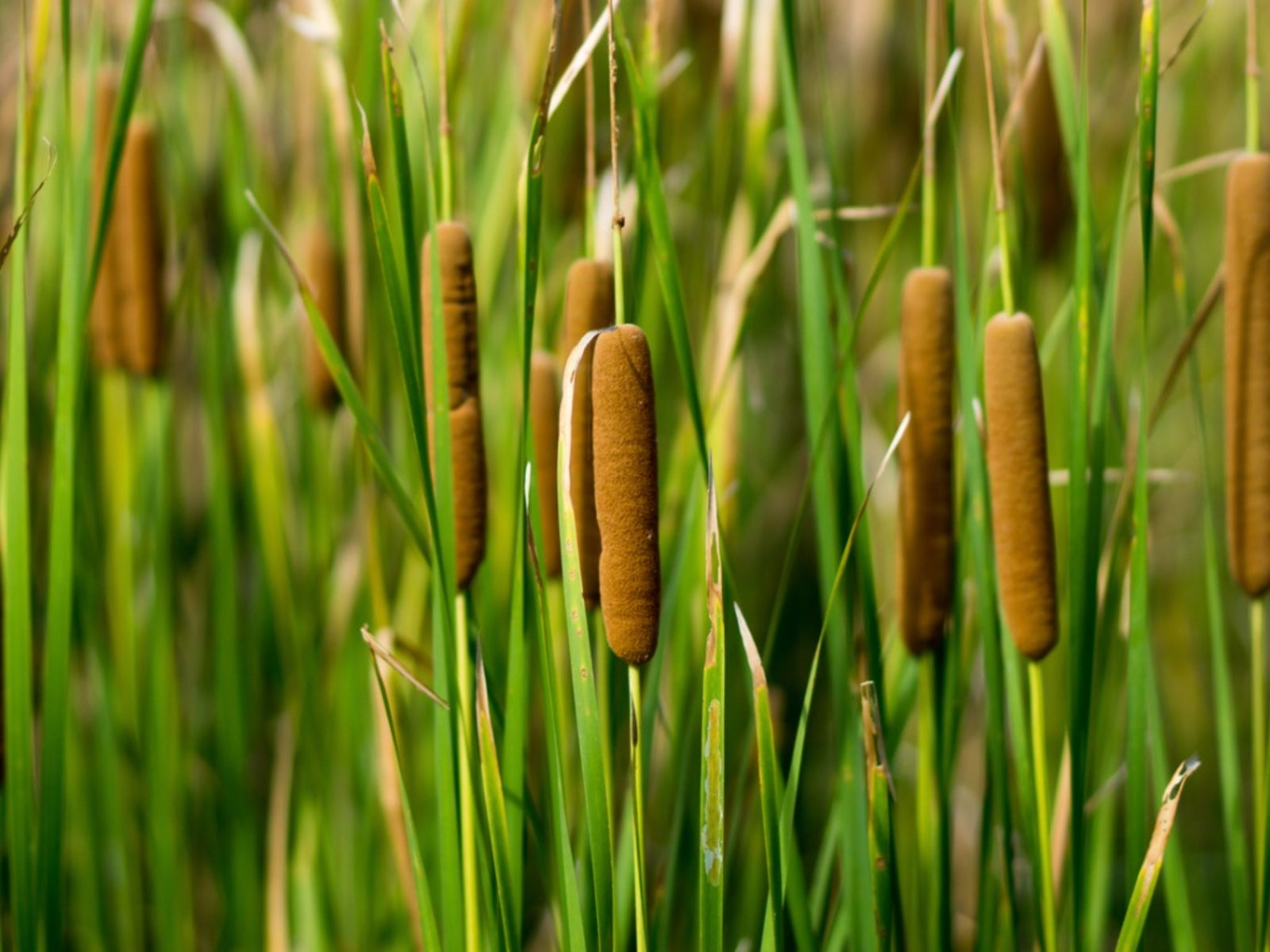

Controlling Cattails
Pass by any lake, pond, river, or marsh that has been left to Mother Nature's discretion and you'll find cattails (Typha latifolia). Ask anyone responsible for maintaining these same areas as part of an artificial landscape (like a garden) and opinions on those cattail plants or cattail control will be either “Aren't they wonderful!” or “#@*&! weeds!”
Unfortunately, both opinions have valid reasoning. When it comes to landscaping a natural pond (any natural body of water within your landscape), be careful. Cattails for the pond can be both a headache and a delight, but learning how to control cattails can tip the scales dramatically in your favor.
The Good Side of Cattail Plants
From a naturalist's point of view, cattail plants are a wonder of nature where every part of the plant can be used to benefit a variety of species, including humans.
These perennials are tall sturdy plants that can grow to almost 10 feet tall (2 m.). They have heavy, rhizomatous roots, long, flat leaves, and long, cylindrical brown flower spikes that can add height and texture to the aquatic garden and will grow anywhere that supplies a constant source of water.
Underwater, they provide a safe haven for tiny fish and attract many of the smaller aquatic creatures that birds and other wildlife feed on. They create shelter from winter cold and wind for mammals and birds and a source of nesting material with their leaves and seeds. If you want to attract a wide variety of wildlife into your landscape, consider cattails for the pond.
Humans have always benefited from the lowly cattail. The plants have been used for rush bottom furniture, baskets, and mats. The downy seeds have been used to stuff pillows and mattresses and during World War II were used to stuff life jackets. Native Americans were experts in using every part of the plant, not only for stuffing or the waterproof qualities of the leaf, but as a reliable food source.
All parts of the cattail plant, from the roots to the flower heads, are edible. The rootstock can be boiled, roasted, or dried and ground into a powdery flour. The center of the stalks is thick and starchy and the flower heads can be roasted for a nutty-tasting treat.
Gardening tips, videos, info and more delivered right to your inbox!
Sign up for the Gardening Know How newsletter today and receive a free copy of our e-book "How to Grow Delicious Tomatoes".
Cattail plants have industrial uses as well. Plant parts can be distilled into ethyl alcohol for antifreeze or an inexpensive solvent. What a versatile plant! And yet…
Tips on How to Control Cattails
Cattails for the pond come with a set of problems you may not want to deal with. Learning how to control cattails is a must, as these hardy plants can take over a pond in a matter of a few years. The reason for this lies in the reproductive capabilities of the cattail.
Cattail plants produce those wonderful, velvety "tails." These are the flower heads, and each head produces around 300,000 seeds, each equipped with its own little parachute to be borne on the wind. On a calm day, these little fluffs will fall straight to the ground around the parent plant and germinate quickly. Plucking those seed heads before they ripen won't help, however. Those rhizomatous roots produce their own sets of offspring, eventually forming dense mats.
Cattail control, therefore, is essential to the health and well-being of your pond and landscape. The good news is there are several methods available to the home gardener for controlling cattails, so hopefully one of them will appeal to you.
The first method of cattail control involves the application of organic herbicides. Your gardening or pond supply source should be able to help you find the best brands for this purpose.
Other methods to control cattails are considered mechanical. Choice one is to dig them up! This isn't as easy as it sounds. Those cattail plants have massive root systems. For larger areas of overgrowth, a back-hoe may be needed. Another alternative is the drowning method, which can only be used if the plants' bases are completely submerged underwater. All you have to do is cut the plants off 2 or 3 inches (5-8 cm) below the water surface. This deprives the plant of the air it needs and it will drown.
Growing Cattails in a Pot
Growing cattails in a pot is another method to consider when deciding on how to control your cattails. This is particularly suitable for a small natural pond or an artificial (plastic or rubber-lined) one. Growing cattails in pots eliminates root spread, keeping your plants in a confined space.
Clay pots are ideal for this. They have the weight to keep them upright when submerged and can be partially buried in a boggy area. The downside is their susceptibility to cracking under freezing conditions. Growing cattails in pots will not, however, totally eliminate propagation. Don't forget those fluffy little seeds! You'll still need to be vigilant in your cattail control.

Jackie Rhoades began writing for Gardening Know How in 2010.
-
 Looking For Plants To Give You The Soft And Fuzzies? Try These 5 Fuzzy Leaf Plant Options
Looking For Plants To Give You The Soft And Fuzzies? Try These 5 Fuzzy Leaf Plant OptionsLovers of texture, drama, silver foliage and tactile plants will adore these special sensory garden additions. These fuzzy leaf plant options will leave you all aglow
By Susan Albert
-
 Get Ready For A Summer Of Hummers! Grow These Full Sun Hummingbird Plants and Flowers
Get Ready For A Summer Of Hummers! Grow These Full Sun Hummingbird Plants and FlowersIf you’re lucky enough to enjoy a sunny backyard, make sure you are maxing out on your pollinator opportunities and grow these full sun hummingbird plants and flowers
By Tonya Barnett
-
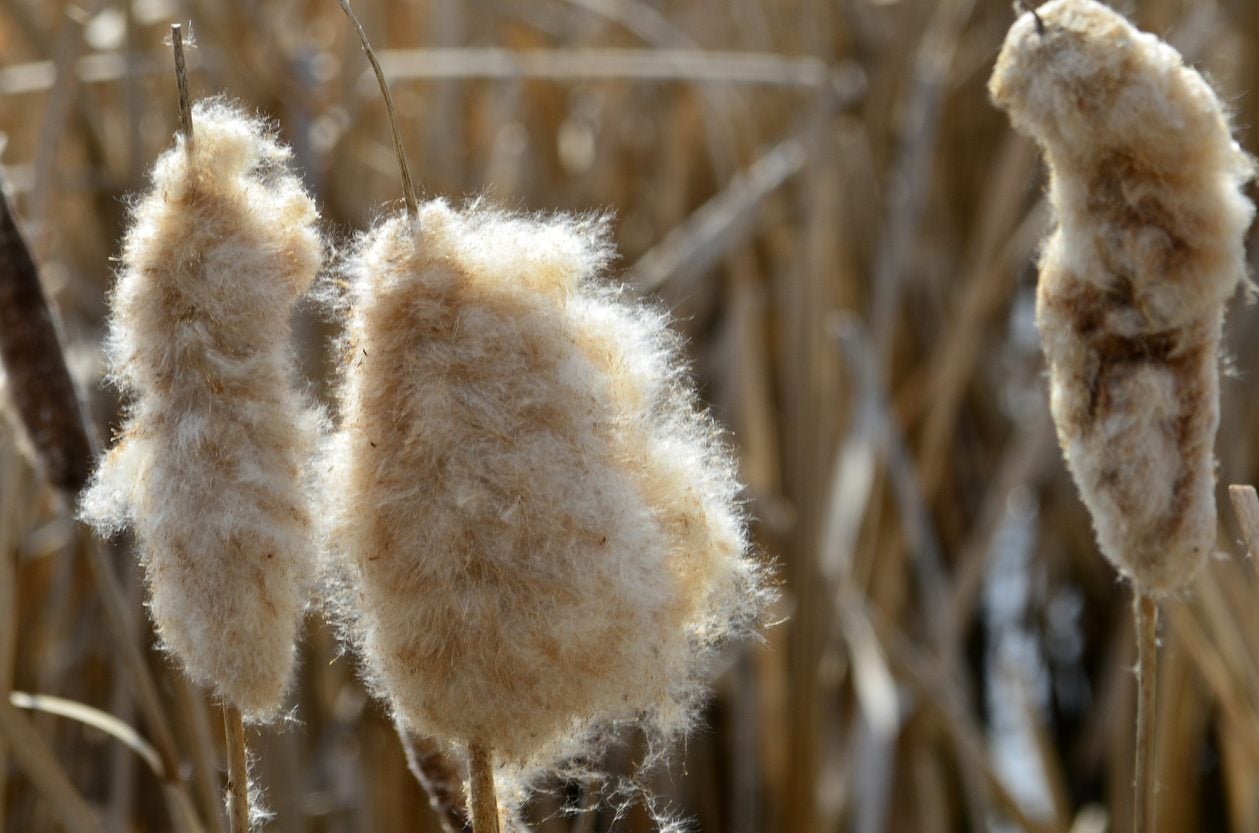 What To Do With Cattail Seeds: Learn About Saving Cattail Seeds
What To Do With Cattail Seeds: Learn About Saving Cattail SeedsCollecting cattail seeds and planting them successfully requires timing and the right conditions. Read this article to learn what to do with cattail seeds and how to propagate this plant with a long history of use. Click here for more information.
By Bonnie L. Grant
-
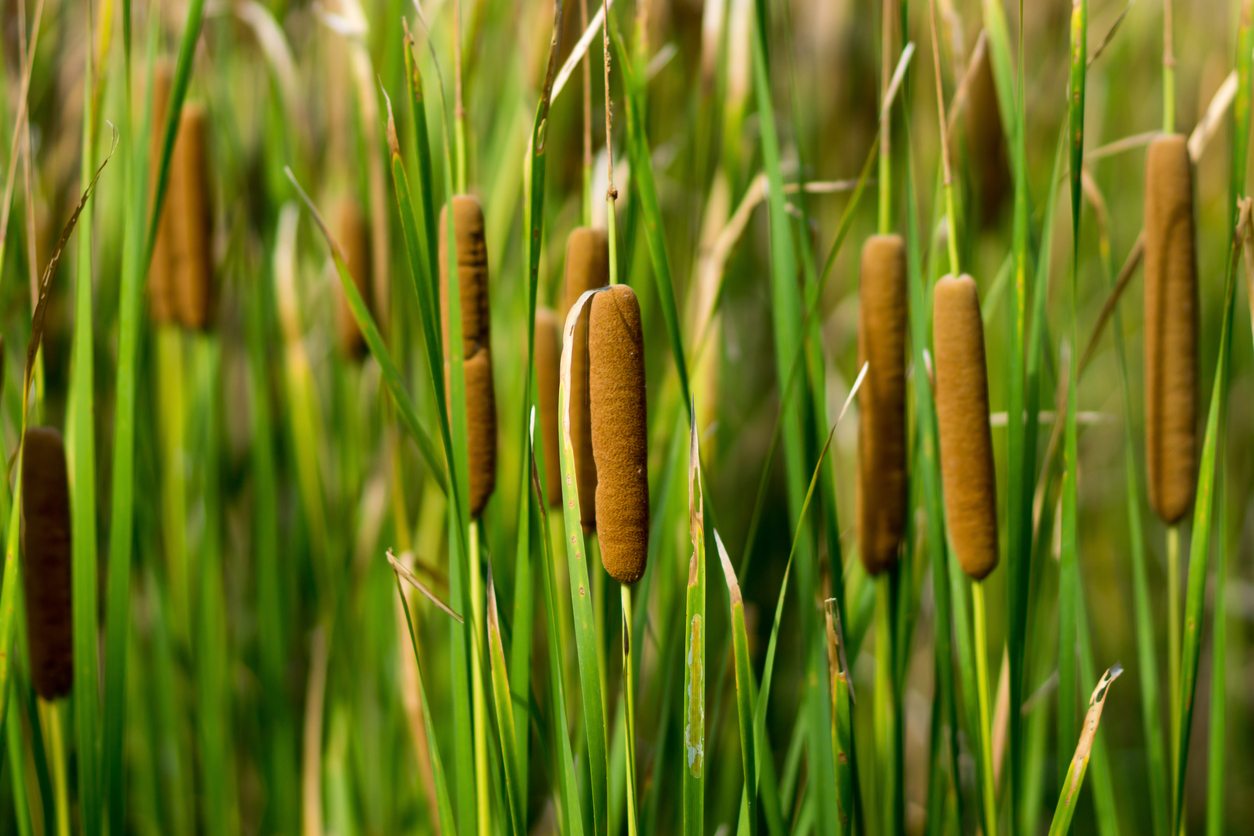 Uses For Cattail Plants: Information On Mulching With Cattails
Uses For Cattail Plants: Information On Mulching With CattailsCattails are notorious for being aggressive. On the plus side, they are one of the best natural filters for ponds, lakes, streams, etc., taking up valuable nutrients that can be used as soil amendments and mulch. Learn about mulching with cattails here.
By Darcy Larum
-
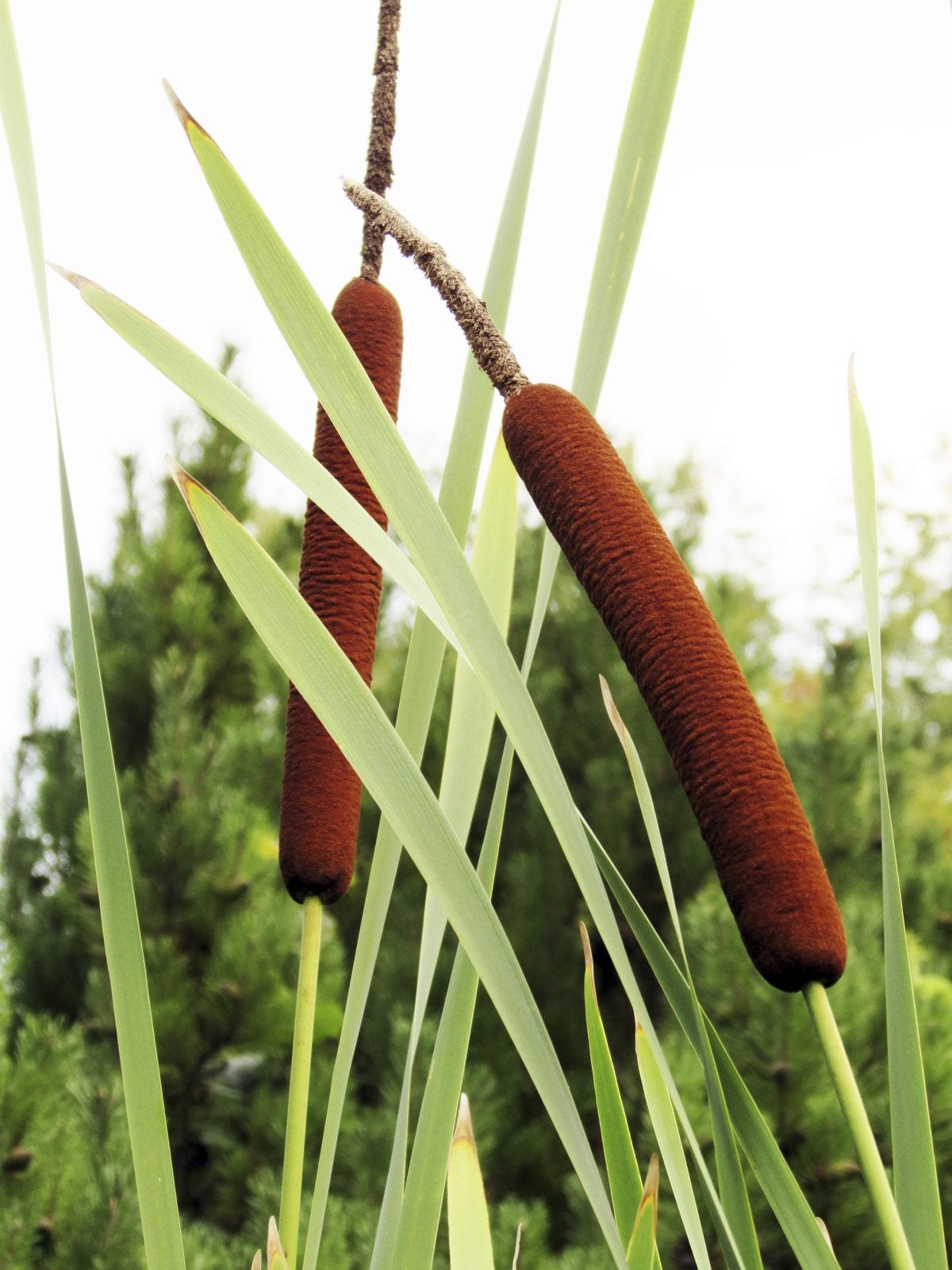 Cattails In The Kitchen – Tips For Using Edible Parts Of A Cattail
Cattails In The Kitchen – Tips For Using Edible Parts Of A CattailHave you ever looked at a stand of cattails and wondered is the cattail plant edible? Using edible parts of a cattail in the kitchen is nothing new, except maybe the kitchen part. So what parts of cattail are edible? Find out in this article.
By Amy Grant
-
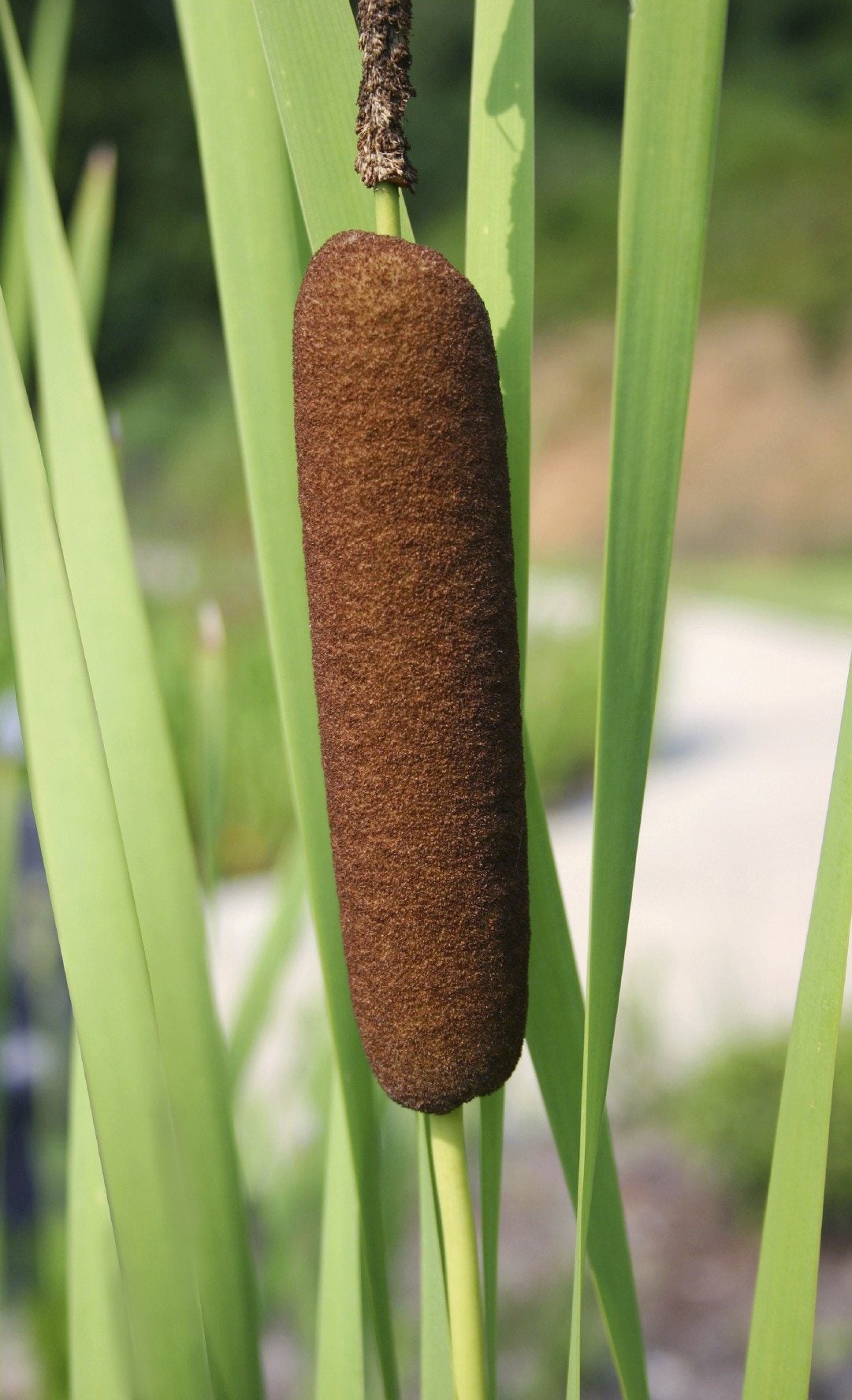 Cattail Harvesting: Tips On Harvesting Wild Cattails
Cattail Harvesting: Tips On Harvesting Wild CattailsDid you know wild cattails were edible? Yes, those distinctive plants growing alongside the water's edge can easily be harvested. Sound intriguing? Find additional information in this article and learn more about what cattails are used for.
By Gardening Know How
-
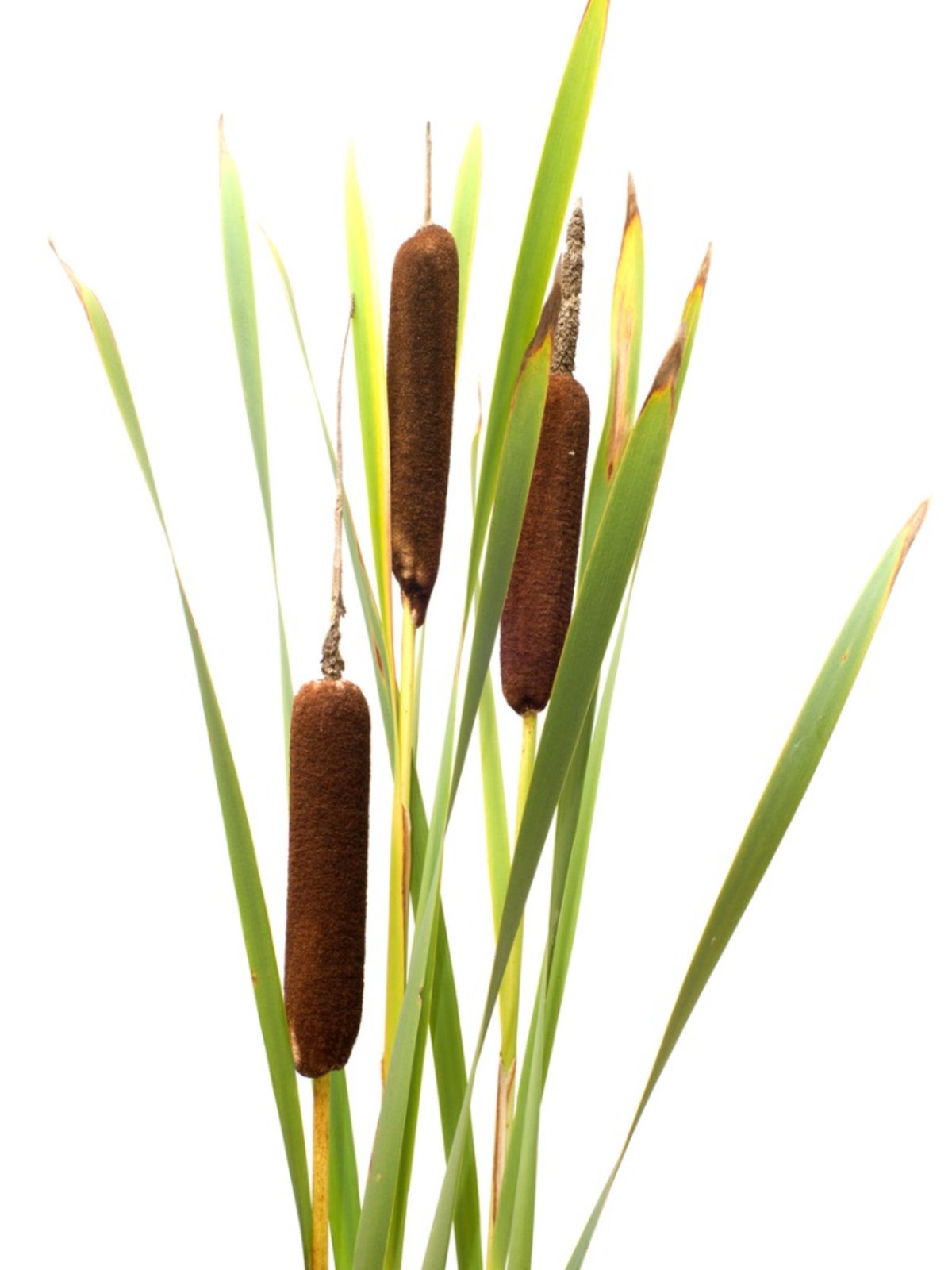 Container Cattail Care: Tips For Growing Cattails In Pots
Container Cattail Care: Tips For Growing Cattails In PotsContainer cattail care is easy in most zones and produces a memorable display for almost the entire year. Learn more about growing cattails in pots in this article so you can enjoy these plants.
By Bonnie L. Grant